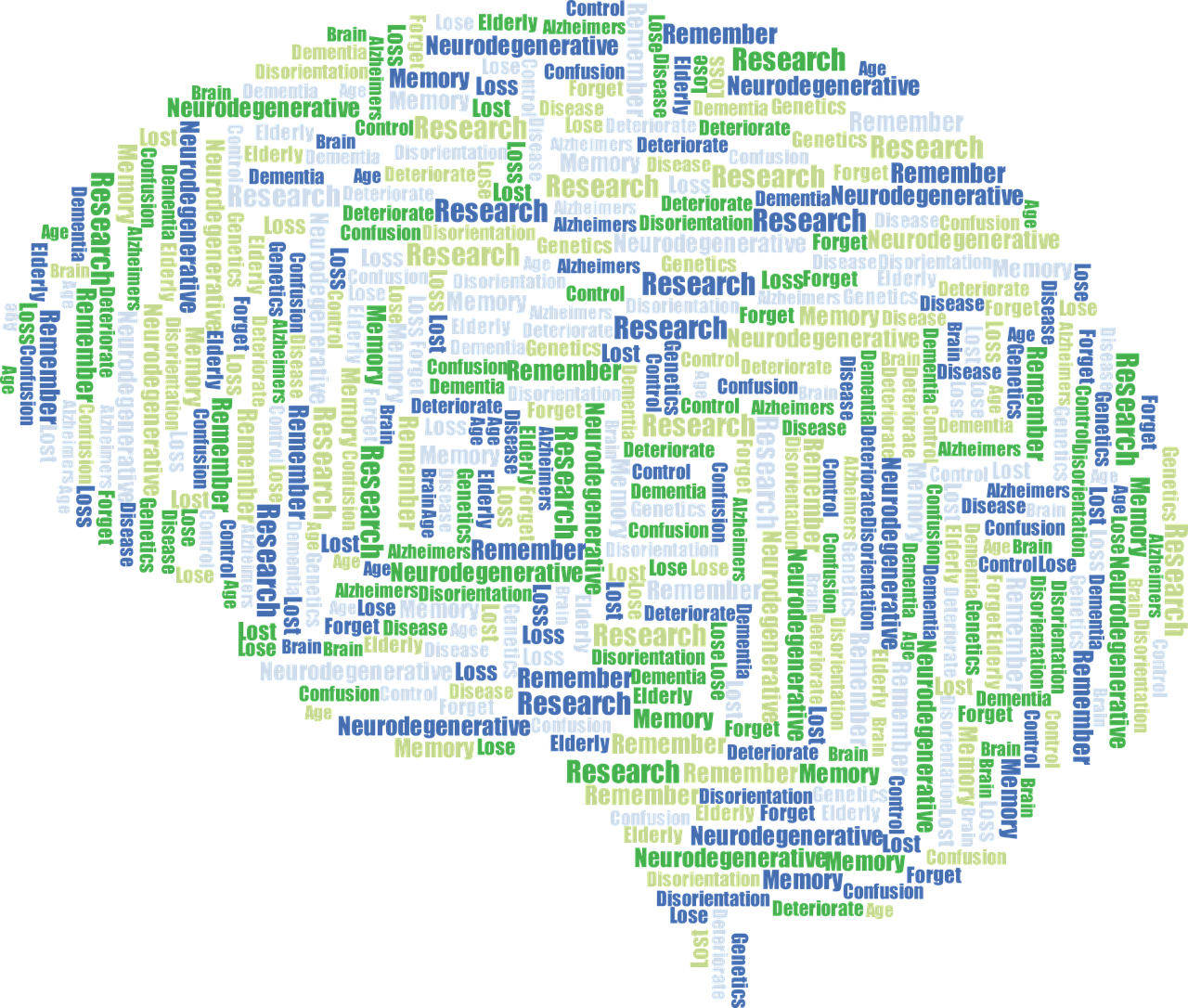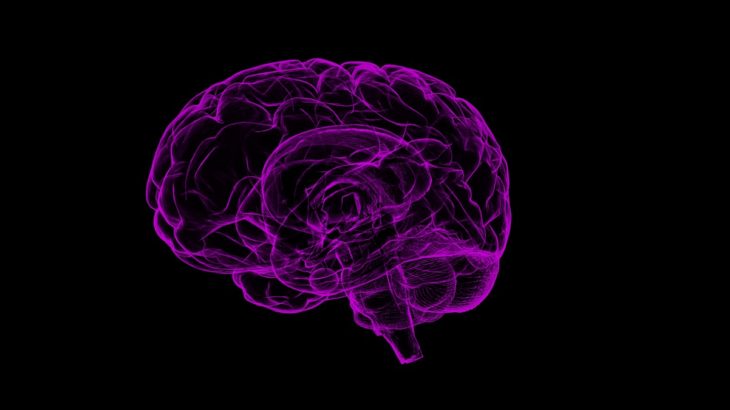A Way to Diagnose
As per the World Alzheimer’s Report of 2015, around 40 million persons have Alzheimer’s disease. 80% of those having dementia* (an umbrella symptom of diseases such as Alzheimer’s) live in G20 nations (such as India, China and the USA) and are over the age of 65#.

Alzheimer’s disease is defined as “progressive mental deterioration that can occur in middle or old age, due to generalized degeneration of the brain.”
Unfortunately, Alzheimer’s doesn’t have any known cure. And worse, its symptoms show up only after severe brain damage.
Several researchers across the world have set out to find a way to diagnose Alzheimer’s much before its onset. And the findings are promising and hopeful.
There are two standard imaging techniques performed for the detection of Alzheimer’s disease: Magnetic Resonance Imaging (MRI) and Computed Tomography (CT).
These tests are, currently, used to eliminate the possibility of other conditions that may cause symptoms similar to Alzheimer’s but require different treatment, in order to zero in on Alzheimer’s.
Molecular Tracers
More specialized diagnostic methods involve molecular imaging tracer, also called Amyvid or Florbetapir F-18. It is a molecule that binds to “beta-amyloid” in the brain.
The PET brain scanner identifies the molecule as the latter due to the radioactive tracer. This reveals the presence of amyloid plaques in the brains of living patients.
Other molecular imaging tracers such as Vizamyl or Flutametamol F18 and Neuraceq or florbetaben F18 also bind to and reveal amyloid plaques in the brain during PET imaging.
But there is a pitfall to these procedures. Even though excessive amyloid plaques in the brain can be considered as a symptom of Alzheimer’s disease, their presence cannot be used to diagnose the disease. Many people have amyloid plaques in the brain but no symptoms of cognitive decline or Alzheimer’s disease.
Structural Imaging
To counter the shortcomings of molecular tracers, scientists have developed Structural Imaging.
Structural Imaging studies have shown that the brains of people with Alzheimer’s shrink significantly as the disease progresses, especially the shrinkage in specific brain regions such as the hippocampus may be an early sign of Alzheimer’s.
However, there is no widespread consensus among scientists on the standardized values for shrinkage of brain volume for Alzheimer’s.
Functional Imaging
And in order to overcome the issue of brain volume scientists also use Functional Imaging with PET, which suggests that those with Alzheimer’s typically have reduced brain cell activity in certain regions.
However, there is not yet enough information to translate these general patterns of reduced activity into diagnostic information about individuals.
Molecular Imaging
Molecular Imaging (MI), a relatively new and upcoming strategy, may detect biological clues indicating Alzheimer’s way before the disease damages the brain.
Several Molecular Imaging compounds for detecting beta-amyloid – a hallmark of Alzheimer’s – in the brain are being studied, and four have now been approved.
PIB was the first radioactive tracer capable of highlighting deposits of beta-amyloid—one pathological hallmark of Alzheimer’s disease—in living individuals during PET scans.
Conclusion
PIB is right now the most promising candidate for early detection of Alzheimer’s. The Alzheimer’s Association has also funded the development project of PIB.
The original phase of the project has now been completed, but three other follow-up study phases have begun for researching into the uses of brain imaging for detecting and monitoring Alzheimer’s disease in its earliest stages.
In addition, attempts at testing radiotracers for the protein Tau is also underway.
Tau is present in abnormally large quantities in the brains of people with Alzheimer’s.
*Dementia isn’t a disease, rather a syndrome.
#Alzheimer’s disease, in rare cases, can also occur in younger patients.







Hi Ajay
Very important to raise awareness about Alzeimers and recognize that its not a disease but a condition. It also encouraging to see the many treatment modalities for the management of this condition and its important for patients and their care takers to learn more about the condition.
Hello, Dr. Venkateswaran
//..and recognize that its not a disease//
I agree. This article aims at disseminating technical information and thus uses the terminology “disease” in a general sense.